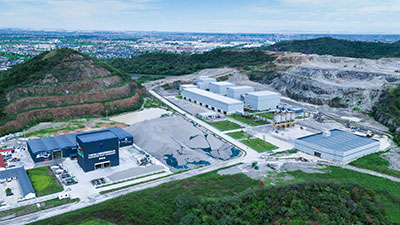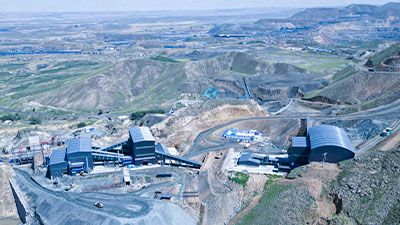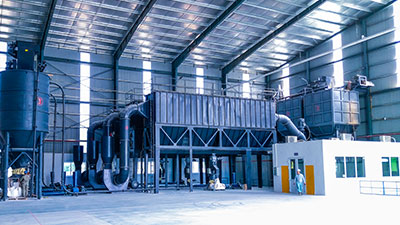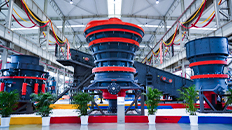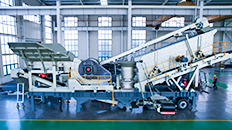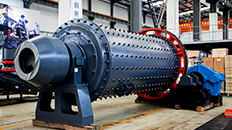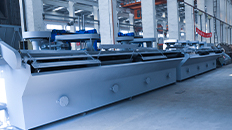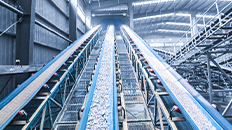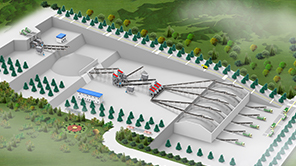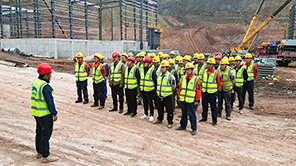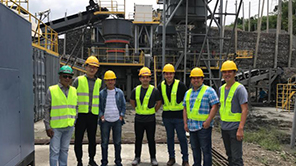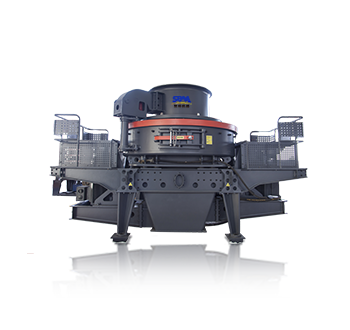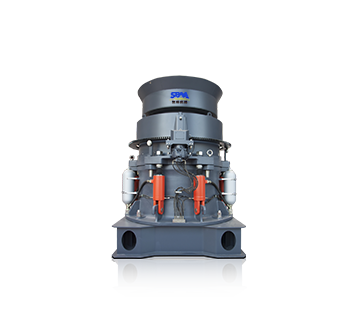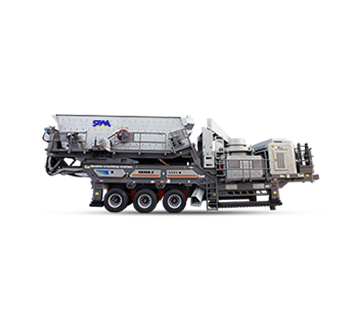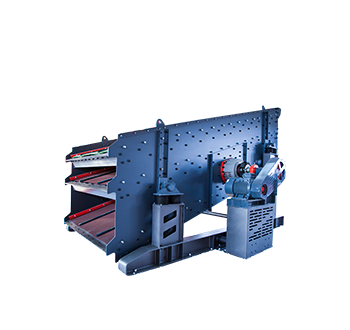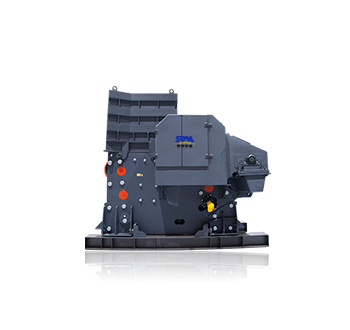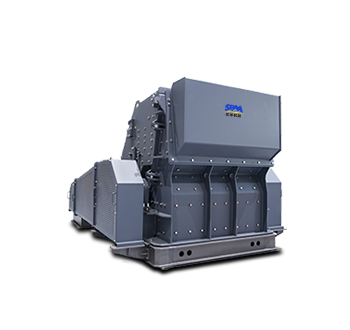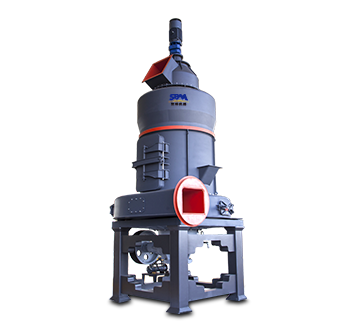Summary:In expressway asphalt pavement construction, the gradation of aggregates is one of the key indexes to ensure the quality of asphalt mixture, and also the most fundamental reason to affect the construction quality.
In expressway asphalt pavement construction, the gradation of aggregates is one of the key indexes to ensure the quality of asphalt mixture, and also the most fundamental reason to affect the construction quality. This article shares the process principle, key technology, equipment debugging and operation points of sand and aggregate.
Process principle
(1) Select the material source of the quarry and remove interlayer soil, green plants, etc., to ensure that the base material meets the requirements;
(2) Reasonably plan the processing site and install crushers and vibrating screens;
(3) Determine the production parameters and output capacity of the crusher according to the specifications and general proportions of each grade of aggregate;
(4) According to the screening results and repeated tests, determine the screen type, screen hole size, screen inclination angle, mesh setting form and size to meet the specifications and design requirements;
(5) Crushing the raw material, conducting regular test, and calibrating and maintaining the production equipment according to the actual situation.
Key technology of aggregate production
The key technology of aggregate production process mainly has 3 aspects: processing technology flow, configuration of vibrating screen, equipment debugging. These three key technologies are also the main reasons affecting the grading quality of ore materials. The related process control is analyzed as follows.
(1)Determination of crushing process
There are three types of technological processes commonly used in aggregate production for expressway:
- one is two-stage crushing, jaw crusher → impact or cone crusher→ vibrating screen;
- the second is three-stage crushing, jaw crusher → impact, hammer or cone crusher → impact or hammer crusher (particle shaping) →vibrating screen;
- third is four-stage crushing, jaw crusher → impact, hammer or cone crusher → impact or hammer crusher (particle shaping) → impact crusher → vibrating screen.
(2) Determination of the type of crusher
There are many types of ore crushers, the most commonly used are jaw crusher, cone crusher or hammer crusher, impact crusher, etc. Each crusher has its own scope of application, which is selected according to the project's mineral material needs, the nature of the raw material and the characteristics of on-site processing.
At the same time, in order to control the dust content of the finished products during the production of aggregates, the induced air dust removal equipment should be added in the production process or the finished product should be washed with water if necessary.
(3) Screen type
Commonly used screen types are vibrating screen, drag screen and drum screen, which all have good screening effect. While choosing screen type, we should consider the site conditions.
After determining screen type, it is necessary to determine the rotating speed of the vibrating screen and the inclination angle of the screen according to the set output capacity. The larger the inclination angle and the faster the rotating speed of the screen, the higher the aggregate output, and vice versa.
(4) The determination of each parameter of the vibrating screen
The screen mesh aperture is set according to the specifications of the aggregate, which is generally 2-5mm larger than the maximum nominal particle size of the aggregate required by the specification. The specific settings should be adjusted appropriately according to the thickness, content of the aggregate and the inclination of the vibrating screen. If the aggregate is coarse and the content is large, the aperture of the screen mesh should be appropriately increased; if the vibration inclination angle is large, the aperture of the screen mesh should be appropriately increased. On the contrary, reduce the screen mesh aperture.
At the same time, the length of the screen mesh should be set according to the fineness and content of each grade of aggregate. First, intercept a section of aggregate on the first-level conveyor belt (that is, the first-level conveyor belt after crushing), and screen it to determine the content and specification of each grade of aggregate. If the content of a certain grade of aggregate is high, lengthen the screen mesh length appropriately; thinner aggregates should also lengthen the screen mesh length. Otherwise, shorten the screen mesh length. The setting method of the screen mesh is to use a fine screen near the entrance of the aggregate, and arrange the screen mesh in order from small to large; and then determine the use of layers of screen mesh according to the size of the output capacity.
The influence of the above parameters on the specifications of aggregate finished products is not a single effect, but affects each other. Therefore, in the adjustment process, several measures need to be implemented jointly. According to the actual screening situation, one or several parameters are adjusted until qualified aggregates are produced.
Equipment debugging
The specifications of the aggregate produced are not only closely related to the sieve configuration of the vibrating screen, but also have a great relationship with the mechanical structure of the impact crusher.
There are two impact plates on the impact crusher to form two crushing chambers. Adjusting the sleeve nut can change the gap between the impact plate and the blow bar, thereby changing the aggregate particle size produced. Usually the first impact plate has a larger gap as the coarse crushing part; the second impact plate has a smaller gap as the medium and fine crushing part.
Adjust the gap between the two impact plates before normal production, so that the produced aggregates conforms to the predetermined particle size passing rate.
Usually, when processing the middle and lower layers of aggregate for express way, the gap between the first impact plate and blow bar is adjusted to 35mm, and the gap between the second impact plate and blow bar is adjusted to 25mm; when processing the upper layer of aggregate for express way, the gap between the first impact plate and blow bar is 30mm, and the gap between the second impact plate and blow bar is 20mm.
Some quarry and stone processing plants adjust the gap between the impact plate and blow bar to increase the output capacity of crushed stone.
Operation points
(1) Investigate the source of materials, and master the source quality and transportation distance and other information;
(2) The site is hardened, and drainage ditches are set up to prevent secondary pollution of aggregates;
(3) When arranging the crusher storage bin and the storage bin in the yard, the transportation distance of the production aggregate to the yard shall be fully considered, and the storage bin shall be reasonably allocated according to the output of each single-grain aggregate;
(4) According to the set output, design reasonable mesh size, screen length, to ensure that the single-grain aggregate meets the specification requirements;
(5) In order to reduce dust and complete classification, install an exhaust air and dust removal device, and add an appropriate amount of water if necessary;
(6) During production in rainy season, cover the vibrating screen well to prevent incomplete classification during crushing;
(7) The finished aggregate should be covered or built with a canopy to keep the aggregate dry, so that energy can be saved during use;
(8) During the processing of aggregates, the production control shall be carried out according to the output during debugging, so as to ensure the stable specifications of the produced aggregates.

